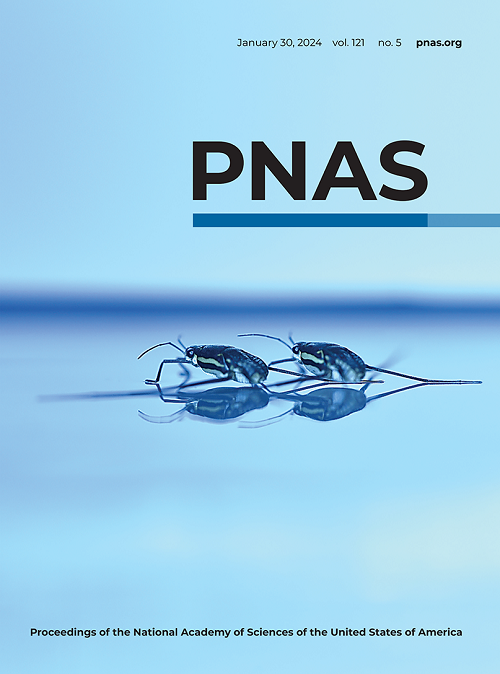近10000年来人类和气候对高寒临界带的影响
IF 9.4
1区 综合性期刊
Q1 MULTIDISCIPLINARY SCIENCES
Proceedings of the National Academy of Sciences of the United States of America
Pub Date : 2025-07-14
DOI:10.1073/pnas.2506030122
引用次数: 0
摘要
几千年来,农牧活动一直在影响着我们星球上的可居住区域——“关键地带”,引发了山区土壤侵蚀的大幅增加。了解和量化这些活动对土壤的影响对我们社会的福祉至关重要。本文研究了欧洲阿尔卑斯地区布尔歇湖碎屑沉积物中微量元素锂的同位素比值,重建了全新世人类活动对高寒土壤演化的影响。我们证明了在全新世早期,土壤的形成被畜牧业的发展所改变,然后是耕作。这导致了三次主要的侵蚀浪潮(3.8至3.0千卡BP, 2.8至1.6千卡BP和1.6千卡BP到现代),土壤变薄到接近1万年前早期发展的状态。对锂碎屑信号的详细研究表明,随着铁器时代农牧业活动的发展,阿尔卑斯山临界带的响应出现了高度解耦。农牧活动的开始破坏了土壤形成和侵蚀之间的平衡,导致自冰河时代结束以来侵蚀速度比土壤产量快3至10倍。本文章由计算机程序翻译,如有差异,请以英文原文为准。
Human and climate impacts on the alpine Critical Zone over the past 10,000 y
Agropastoral activities have impacted the habitable part of our planet—the “Critical Zone”—for thousands of years, triggering a major increase in soil erosion in mountain environments. Understanding and quantifying the impact of these activities on soil is central to the well-being of our societies. Here, we investigate the isotope ratios of the trace element lithium in detrital sediments of Lake Bourget, European Alps, and provide a reconstruction of the impact of human activities on the evolution of alpine soil during the Holocene. We demonstrate that during the Early Holocene, soil formation was altered by the development of pastoralism followed by tillage. This led to three major erosive surges (3.8 to 3.0, 2.8 to 1.6, and 1.6 ky cal BP to modern times), thinning soils down to a state close to that of their early development 10,000 y ago. The detailed study of the lithium detrital signal reveals the appearance of an altitudinal decoupling in the response of the Critical Zone in the Alps following the development of the agropastoral activities during the Iron Age. The onset of agropastoral activities disrupted the balance between soil formation and erosion, leading to erosion rates 3 to 10 times faster than soil production since the end of the Ice Age.
求助全文
通过发布文献求助,成功后即可免费获取论文全文。
去求助
来源期刊
CiteScore
19.00
自引率
0.90%
发文量
3575
审稿时长
2.5 months
期刊介绍:
The Proceedings of the National Academy of Sciences (PNAS), a peer-reviewed journal of the National Academy of Sciences (NAS), serves as an authoritative source for high-impact, original research across the biological, physical, and social sciences. With a global scope, the journal welcomes submissions from researchers worldwide, making it an inclusive platform for advancing scientific knowledge.

 求助内容:
求助内容: 应助结果提醒方式:
应助结果提醒方式:


